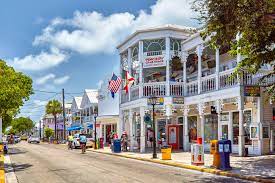Chicago

I spent most of the summer of 2007 in Chicago, working on Ready, Fire, Aim. I needed to be away from home for several months to focus on finishing the book. That need dovetailed with a longstanding dream I had about getting to know some of the great cities of the world by living in them for more than just a few weeks.
I’ve been writing a bit lately about what a sh*thole Chicago has become. In fairness, my current assessment of the city is based on reading reports on the upswing in crime and how poorly the mayor has been handling it.
But I remember Chicago as a great city. A city that had nearly everything that New York had to offer, but cleaner and with nicer people. A big city with big-city amenities, but without the pretension and high costs. (And I remember it as a place where I think I did some of my best writing.)
What I like about Chicago:
* The arts – Chicago has, as I said, everything that NYC offers.
* The shopping – I don’t know how it is now with all the crime, but North Michigan Avenue (the “Magnificent Mile”) boasts as many great stores as anywhere else.
* The architecture – from Louis Sullivan to Mies van der Rohe and Frank Lloyd Wright.
* The music – Chicago is known not only for jazz, but also the Chicago Symphony Orchestra and Lyric Opera.
* The parks.
* The beach.







 Buenos Aires is located at the northeastern edge of the flat plain known as the Pampas, which occupies the agricultural heartland of Argentina. It is situated at the point where the Parana River delta widens to become the Río de la Plata estuary.
Buenos Aires is located at the northeastern edge of the flat plain known as the Pampas, which occupies the agricultural heartland of Argentina. It is situated at the point where the Parana River delta widens to become the Río de la Plata estuary.